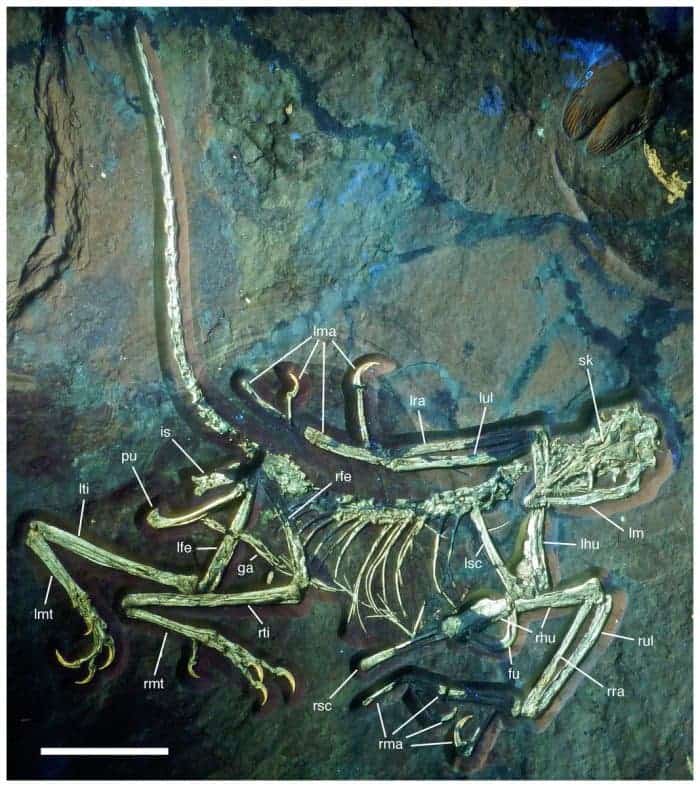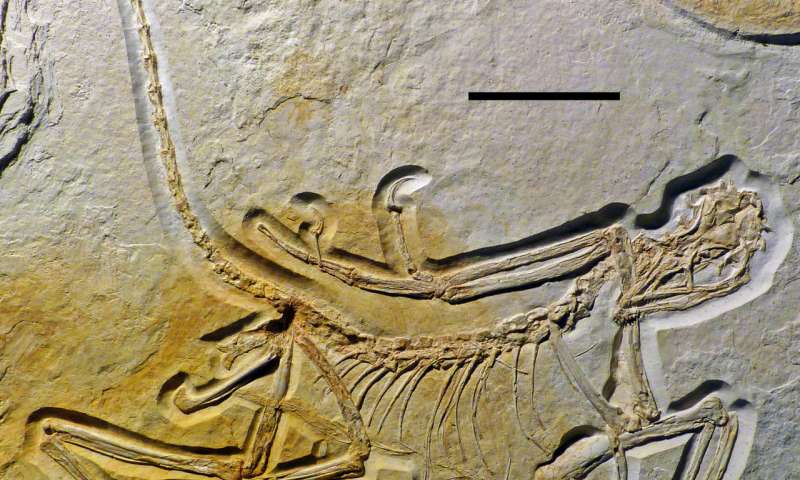Archaeopteryx, the world’s earliest known bird genus, is the much-sought link between reptiles and birds. Now, a ‘new’ Archaeopteryx fossil sheds new light on how these creatures evolved — and they’re a lot like modern birds.
The 11th fossil

This is only the 11th Archaeopteryx ever found and it’s also the oldest geologically, dating approximately 150 million years. Researchers at Ludwig-Maximilians-Universitaet in Munich have analyzed it and compared it to newer, more evolved specimens, noting the key differences. Palaeontologists Christian Foth and Oliver Rauhut, who have been studying Archaeopteryx for years, say this latest finding indicates that the species has been around for much longer than we thought.
“Specimens of Archaeopteryx are now known from three distinct rock units, which together cover a period of approximately 1 million years,” Rauhut explains. Notably, the oldest example exhibits features that were not observed in the other specimens. “Among other things, they reveal that Archaeopteryx was very similar to advanced predatory dinosaurs in many respects,” says Rauhut.
Archaeopteryx (which translates as “first wing” or “ancient wing”) was a transitional creature between the non-avian feathered dinosaurs and modern birds. Despite their small size, wings, and presumed ability to fly or at least glide, the species has more in common with other small dinosaurs than with modern birds.

The fossil shows significant differences from other fossils — most notably in terms of teeth. Actually, all of the discovered Archaeopteryx fossils have different types of teeth. Rauhut believes that since the creatures lived in different times and slightly different environments, their dentition evolved in different ways.
Interestingly, these findings sound a lot like what Charles Darwin found when he was studying finches in the Galapagos. What Darwin found on the islands were several populations which looked very much alike, but had evolved different beaks based on the particularities of their environment.

“When Darwin visited the Galapagos Islands, he found finches that were very similar generally, but differed in the shape of their beaks,” Rahut says. “Darwin could show that these finches represented different species, all with their special adaptation to a certain food source, hence the differences in beak morphology.” The finches descended from a common ancestor and evolved to exploit different food sources on different islands.”
“Archaeopteryx also inhabited an archipelago of tropical islands that its ancestor probably invaded a short time before,” he says. “The different patterns in the dentition in Archaeopteryx might also indicate different food adaptations.”
It’s believable that, like the finches, these primeval creatures diversified on different islands on what was once the Solnhofener Archipelago. If that is indeed the case, then we might be dealing with a whole flock of Archaeopteryx.
The paper has been published in the journal PeerJ.


